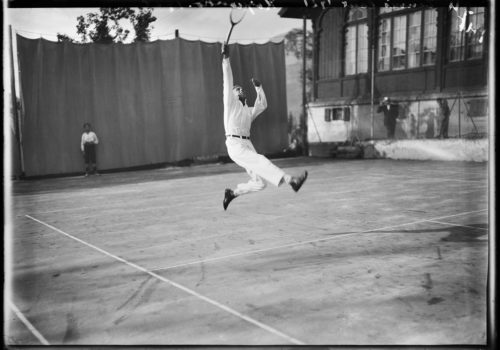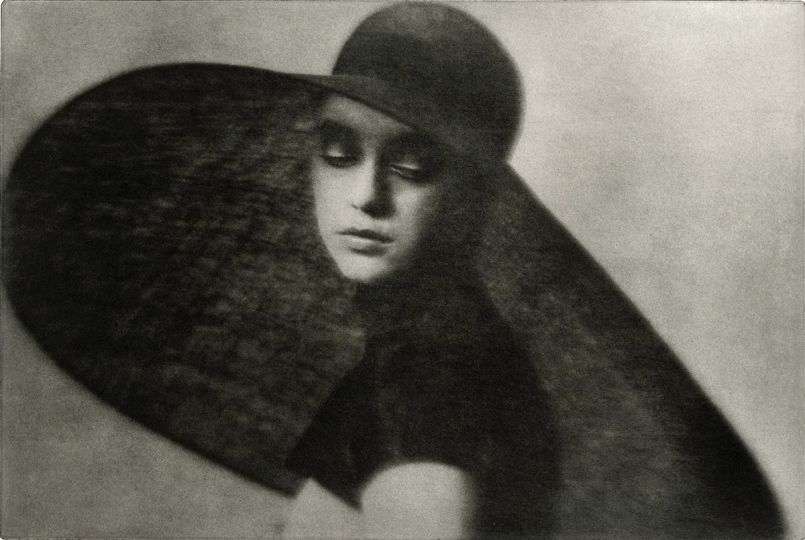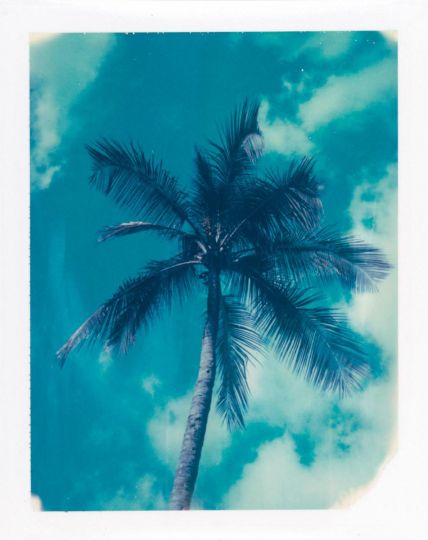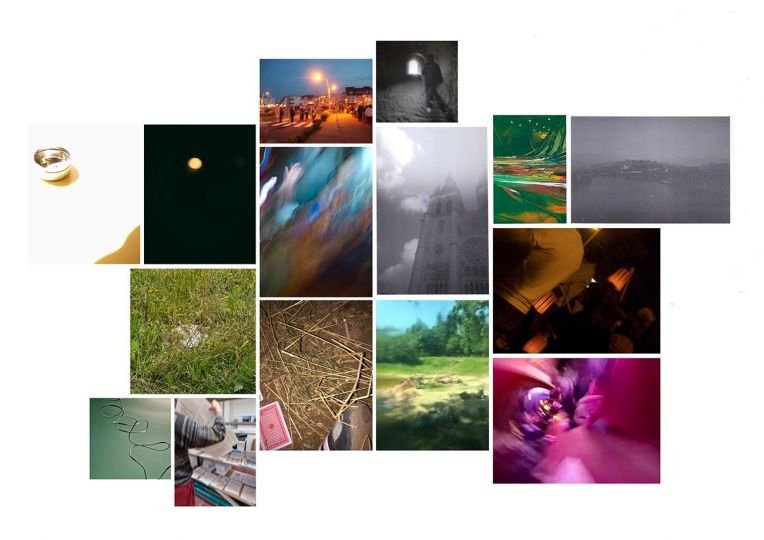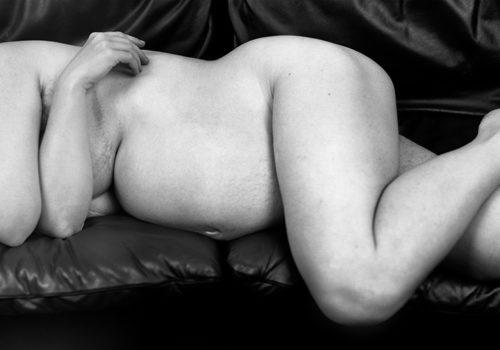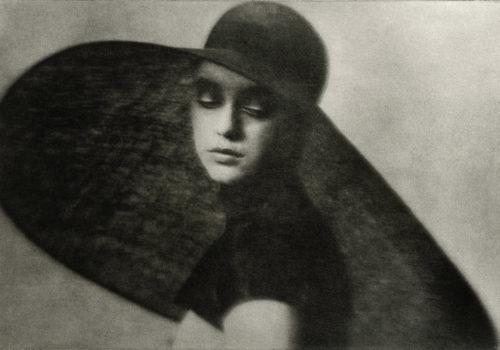The arrival of modernity, the democratization of sports, a new passion speed and the machine, and the advent of instant photography—all these things are embodied in the 2,500 glass negatives by Jules Decrauzat, discovered in the Keystone Archives in Switzerland. A pioneer of photojournalism, Decrauzat’s swift and nimble eye was well-known, but not the extent of his archives, which cover the period 1910-1925. Thanks to the Swiss Foundation for Photography, which is holding an exhibition dedicated to Decrauzat (1879-1960), we’ve learned more about his career and talent.
Born in Bern, Decrauzat moved to Geneva with his family to study sculpture before settling in Paris in 1897, taking classes at the Ecole Pathé, where he discovered cinema and photography. The French press at the time had begun publishing photographs, but their use remained slow, limited and incapable of communicating the energy of the turn of the century. Decrauzat began taking advantage of advancements in technology to capture life in the moment, more and more quickly.
Decrauzat started working for newspapers. In 1899 in Rennes, during the Dreyfus Affair, he photographed Alfred Dreyfus’s lawyer being assaulted. The photograph was purchased for a good price by the magazine L’Illustration and Decrauzat’s career was underway. He covered the Boer War, travelled across South America and Europe. In 1910, he returned to Geneva to work for the biweekly La Suisse Sportive, where he spent 15 years, perfecting the capture of movement and framing as the public’s interest in sports reached new heights.
The Zeitgeist was captured in the car and horse races, motorcycles, airplanes, boxing matches and tennis tournaments. Sports were gaining popularity, but it was the spectacle that fascinated people most of all: the exploits of new heroes, the cult of the body, the geometric intoxication of speed, the race car as an extension of corporal power. The future, and futurism, was on its way. Throughout Switzerland, Decrauzat was poised to shoot at 1/500s. At the Winterthur exhibition, a tennis photo shows his shadow cast onto the court. He wears an overcoat and a bowler hat, a hunter tracking that moment that had yet to be called “decisive.”
Decrauzat later worked for La Patrie Suisse and Le Journal de Genève, covering inaugurations and auto shows in France and Switzerland His moment of glory had passed, but “Uncle Jules,” as his colleagues called him, kept working as a photojournalist to the end of his life. He printed around 100,000 plates, only a fraction of which remain today. the Fondation Suisse pour la Photographie offers a pleasing selection of them, accompanied by period music. The exhibition offers viewers a journey back to an optimistic time, before the war, when society believed that progress had no limits, while paying tribute to one of the first photojournalists.
EXHIBITION
« La vie – un sport, Jules Decrauzat, un pionnier du photoreportage ».
From May 30th to October 11th, 2015
Fondation suisse pour la photographie
Grüzenstrasse 45
8400 Winterthur
Switzerland
http://www.fotostiftung.ch

